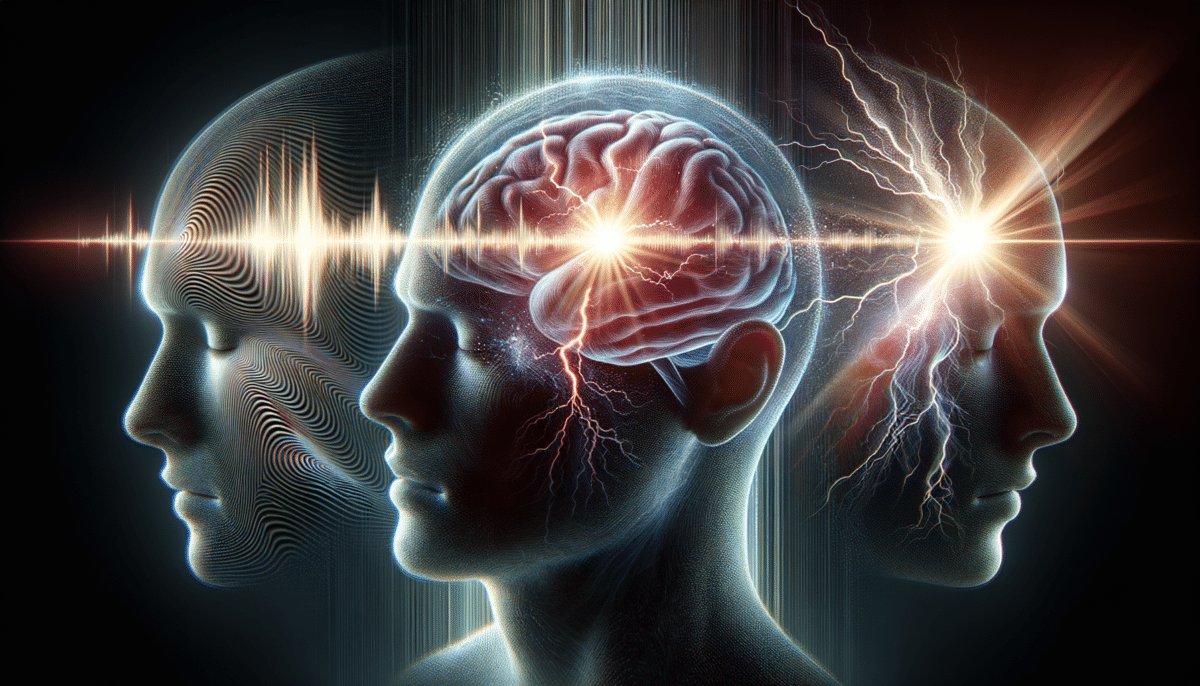Understanding Migraines: A Complex Neurological Condition
Migraines are more than just severe headaches; they are a complex neurological condition that affects millions of people worldwide. Characterized by intense, throbbing pain usually on one side of the head, migraines can also be accompanied by nausea, vomiting, and extreme sensitivity to light and sound. Understanding migraines is crucial as they can significantly impact one’s quality of life, leading to missed workdays and affecting daily activities.
Migraines are believed to result from abnormal brain activity that temporarily affects nerve signals, chemicals, and blood vessels in the brain. While the exact cause is not fully understood, a combination of genetic and environmental factors is thought to play a role. Triggers vary from person to person and can include stress, hormonal changes, certain foods and drinks, changes in sleep patterns, and even weather changes.
The prevalence of migraines is notable, with studies indicating that approximately 12% of the population experiences them. They are more common in women than men, likely due to hormonal influences. Recognizing the symptoms and understanding the nature of migraines can help in managing and reducing their frequency and severity.
Common Symptoms and Early Warning Signs
Identifying the early signs of a migraine can be instrumental in managing the condition effectively. Migraines often progress through four stages: prodrome, aura, attack, and post-drome, though not everyone experiences all stages.
- Prodrome: This phase can occur a day or two before the migraine attack. Symptoms may include mood changes, food cravings, neck stiffness, increased thirst, and frequent yawning.
- Aura: Not everyone experiences aura, but for those who do, it can manifest as visual disturbances such as flashes of light, zigzag vision, or temporary loss of vision. Auras can also include sensory, motor, or speech disturbances.
- Attack: The migraine attack itself can last from a few hours to several days. Symptoms during this phase include throbbing head pain, nausea, vomiting, and sensitivity to light and sound.
- Post-drome: After the attack, individuals may feel drained and washed out, although some report feeling elated. Sudden head movements might briefly bring back the pain.
Recognizing these early signs can help individuals take preventive measures, such as medication or lifestyle changes, to reduce the severity or even prevent the full onset of a migraine.
Triggers and Risk Factors
Understanding what triggers a migraine is vital for prevention. While triggers can vary widely among individuals, some common culprits have been identified through research and personal accounts.
- Dietary Triggers: Certain foods and beverages, such as aged cheeses, alcohol (especially red wine), and foods containing additives like MSG or artificial sweeteners, can trigger migraines in some people.
- Environmental Factors: Bright or flickering lights, loud noises, and strong smells can provoke migraines. Changes in weather, particularly barometric pressure changes, are also noted triggers.
- Hormonal Changes: For many women, migraines are linked to hormonal fluctuations, particularly those that occur during menstruation, pregnancy, or menopause.
- Stress and Sleep Patterns: Both physical and emotional stress can trigger migraines. Additionally, irregular sleep patterns, including both sleep deprivation and excessive sleep, are known triggers.
Identifying personal triggers through a migraine diary can be an effective strategy for managing and reducing the frequency of attacks. By noting the circumstances surrounding each migraine, individuals can begin to see patterns and take proactive steps to avoid known triggers.
Diagnosis and Treatment Options
Diagnosing migraines typically involves a thorough medical history and a physical examination. There is no specific test for migraines, but a healthcare provider may order tests to rule out other conditions. Keeping a detailed headache diary can aid in the diagnosis by tracking the frequency, duration, and characteristics of the headaches, as well as any potential triggers.
Treatment for migraines is often a combination of medication and lifestyle changes. Acute treatments, such as over-the-counter pain relievers or prescription medications, are used to relieve symptoms during an attack. Preventive treatments, including daily medications, are prescribed for individuals with frequent or severe migraines to reduce the frequency and intensity of attacks.
Non-pharmacological treatments can also be beneficial. These may include cognitive behavioral therapy, acupuncture, biofeedback, and relaxation techniques. Lifestyle modifications, such as maintaining a regular sleep schedule, staying hydrated, and managing stress, are also important components of a comprehensive treatment plan.
Working closely with a healthcare provider to tailor a treatment plan to individual needs and circumstances is crucial for effective migraine management.
Living with Migraines: Coping Strategies and Support
Living with migraines can be challenging, but adopting coping strategies and seeking support can make a significant difference. Education about the condition and its triggers is a powerful tool. Joining support groups, either in person or online, provides a sense of community and shared experience, which can be comforting.
Implementing lifestyle changes is often key to managing migraines. This includes regular exercise, which can help reduce the frequency and severity of attacks. However, it’s important to choose activities that are enjoyable and not overly strenuous, as intense exercise can sometimes trigger migraines.
Mindfulness and stress management techniques, such as yoga, meditation, and deep-breathing exercises, can also be beneficial. These practices help reduce stress and promote relaxation, which may decrease the likelihood of migraine attacks.
Finally, maintaining open communication with family, friends, and employers about the condition can help others understand and provide support when needed. By building a network of understanding and supportive individuals, those living with migraines can find ways to manage their condition more effectively and improve their quality of life.
